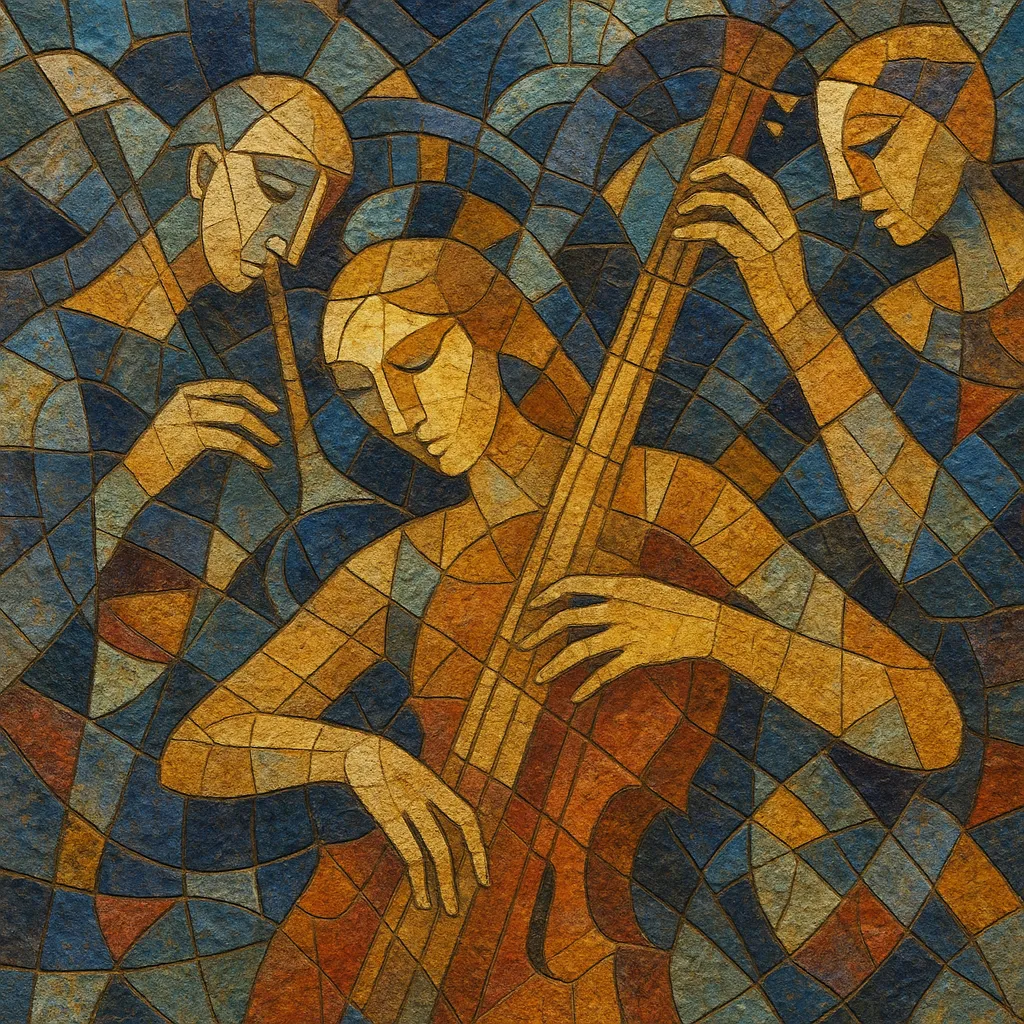Microtonal classical is a stream of Western art music that organizes pitch using intervals smaller than the conventional 12-tone equal temperament. Composers employ alternative equal temperaments (such as 19, 24, 31, or 72 tones per octave), just intonation, and other tuning systems to expand harmony, melody, and timbre beyond the familiar semitone grid.
The genre foregrounds novel intervals, complex chordal spectra, continuous pitch (glissandi), and fine-grained intonational nuance. It can sound otherworldly, tense, or delicately shimmering, and often requires specially retuned instruments, extended techniques, or custom-built instruments to realize its pitch language.
Experiments with intervals smaller than the semitone coalesced in the early 20th century. Charles Ives in the United States wrote quarter-tone works (notably Three Quarter-Tone Pieces for two pianos, 1923–24). In Europe, Alois Hába (Czech lands) and Ivan Wyschnegradsky (Russia/France) advanced quarter-, sixth-, and twelfth-tone systems, publishing influential theoretical writings and composing chamber and orchestral pieces. In Mexico, Julián Carrillo’s "Sonido 13" project (from the 1890s, publicized in the 1910s–20s) proposed a comprehensive microtonal framework, spurring instrument building and repertoire.
Harry Partch in the U.S. championed extended just intonation and created an orchestra of custom instruments to realize his harmonic universe. Giacinto Scelsi focused on micro-variation around single tones, opening a textural and timbral path. Post-war modernists and serialists occasionally incorporated micro-intervals, while pedagogy grew (e.g., Hába’s microtonal department in Prague). The period established both just-intonation and equal-temperament-based microtonal lineages.
Ben Johnston elaborated a notational and compositional practice for complex just intonation; Ezra Sims and Easley Blackwood explored alternative equal divisions of the octave (EDOs). Georg Friedrich Haas and others integrated microtonality into large-scale forms and spectral thinking, while electronic and digital tools (MIDI Tuning Standard, MTS-ESP, software synths) made precise tuning practical. Microtonality now intersects with contemporary classical, spectral music, and experimental electronic scenes, supported by specialized ensembles and festivals worldwide.
Decide whether to use an alternative equal temperament (e.g., 19-, 24-, 31-, or 72-TET) or a just-intonation lattice (ratios like 7:6, 11:8, 13:8). Clearly document the tuning, provide cent values, and share retuning files (MTS/MTS-ESP, Scala) with performers.
Adopt a consistent microtonal notation: quarter-tone accidentals, the Helmholtz–Ellis system, or Sagittal. Provide transposed parts with clear legends and rehearsal audio. Indicate target cents for sustained pitches and use cues (drone references, tuned electronics) to stabilize intonation in rehearsal.
Design scales that foreground specific intervals (e.g., septimal 7:6 or neutral thirds). Explore chordal spectra that blend close intervals for beating and shimmer, or use consonant just-intonation triads for purity. Voice-leading can pivot through shared partials (ratio-based pivots) or by small micro-steps. Glissandi and sustained clusters emphasize continuous pitch space.
Rhythm may remain traditional or decouple from meter to spotlight timbre and beating patterns. Forms range from classical (sonata, variations) to textural and spectral arches. Orchestrate to contrast pure intervals (solo strings/voices) with complex spectra (winds/brass clusters), and balance microtonal density with registral clarity.
Use soft synths and samplers that accept per-note tuning. Provide fixed-media drones for pitch anchoring; spatialization can clarify dense textures. Always include click-tracks or tuning guides for ensembles recording multitrack microtonal works.


